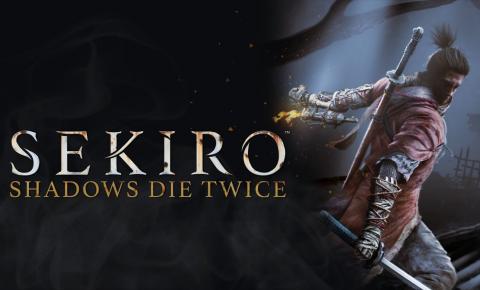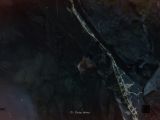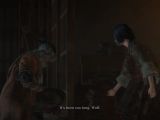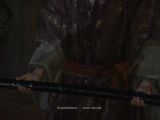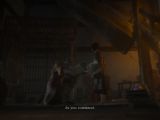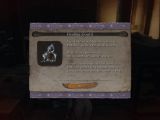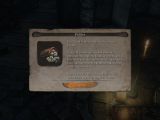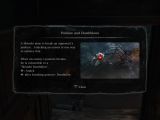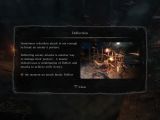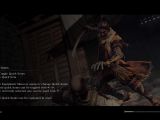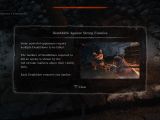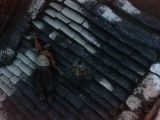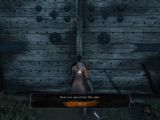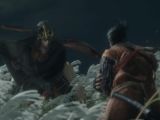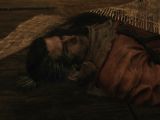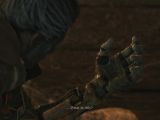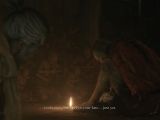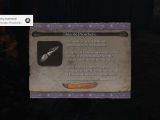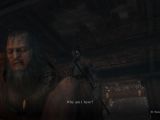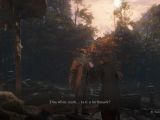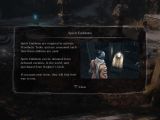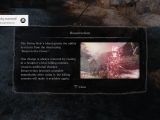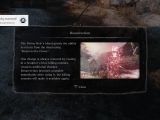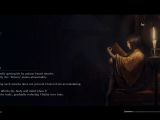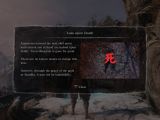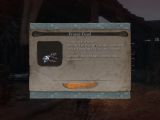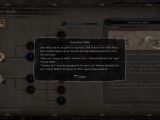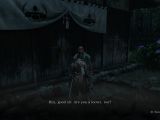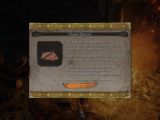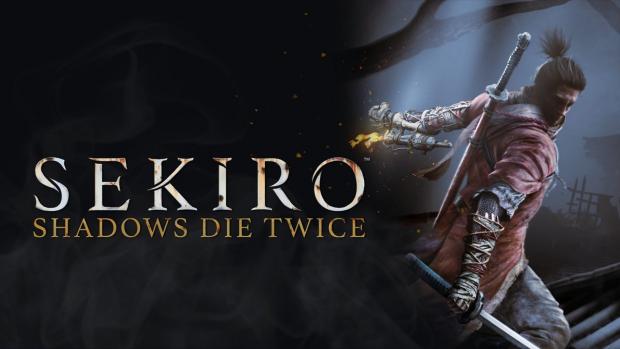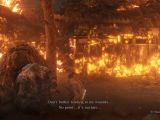This is it. If you’ve ever played Demon’s Souls, any of the three Dark Souls games or Bloodborne, chances are this is the moment you’ve been waiting for since the “shadows die twice” teaser dropped in December 2017.
Over a year later, massive amounts of hype and tons of game show awards, Sekiro is now upon us and it looks like a very different beast from what we’re used to. Let’s see if Hidetaka Miyazaki and From Software did it again.
Yes, they absolutely did
And then some.
STORY
All you need to know is Sekiro takes you to Sengoku-era Japan and puts you in the shoes of a seasoned shinobi (basically a ninja) entrusted with the care of a very young lord of a very important and ancient bloodline. When he fails, his mission becomes saving his master and getting revenge. Also, he has a voice and spoken lines this time. Anything more than that and we’d end up in spoilers territory.
As was hinted in various pre-release interviews, the story is much clearer than you would normally expect from a Miyazaki game. NPC conversations are less convoluted this time around and there are plenty of cutscenes that move the story forward or put things into context. That doesn’t mean, however, that you won’t be able to pick up storytelling bits from equipment descriptions. Those are very much still present.
Another way the story is told is by experiencing certain events that happened in the past, through a very interesting gameplay mechanic (that you’ll have to discover yourselves, no spoilers!)
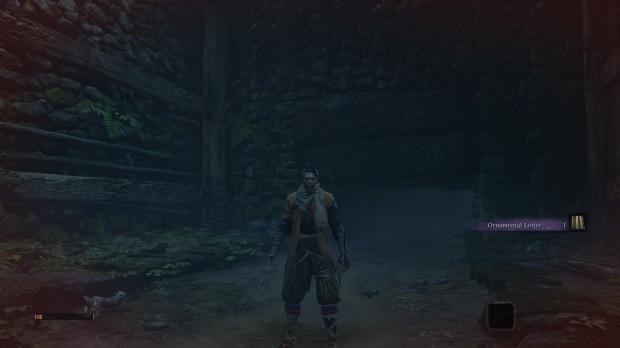
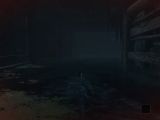
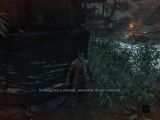
GAMEPLAY & CONCEPT
Let me say this loud and clear: Sekiro is not a Souls game; it is a From Software game. What this means is you’ll feel on familiar grounds from the get-go, and then you’ll fall victim to your own folly.
There are many similarities between Sekiro and Demon’s Souls/Dark Souls/Bloodborne and just as many differences. How From Software managed this is actually part of Sekiro’s magic and appeal.
There is the Dilapidated Temple, a “hub” type of area you come back to for upgrades and talking to NPCs, complete with a kind of “fire keeper”. Interestingly, your weapon is automatically sheathed when entering this area, presumably to prevent you from attacking anyone. In a clear but clever nod to the undead Crestfallen Warrior archetype, nearby there is also a sparring partner you can practice various combat techniques with.
There are statues called Sculptor’s Idols that work like bonfires, down to using specific consumables for some purposes and teleporting throughout the game’s world (right from the beginning).
There’s just the right amount of familiar elements, like talking to unseen characters through a window, creatures that show up rarely and drop valuable resources if killed, a certain nefarious character and so on.
There is still a focus on combat and you can die after just a couple of hits just as expected, but the mechanics around it are tighter than ever, as some of the fights get close to a level of reflexes typically required in the likes of a Street Fighter game, at least for me.
This might even prove problematic for players used to constantly block and/or dodge as you would normally do in Souls games. Whereas before you could parry and riposte but it was not required, you won’t be able to progress too far without doing it in Sekiro –here this is called “deflecting” and it’s pretty much mandatory. You can even deflect projectiles, which looks as bad ass as it sounds.
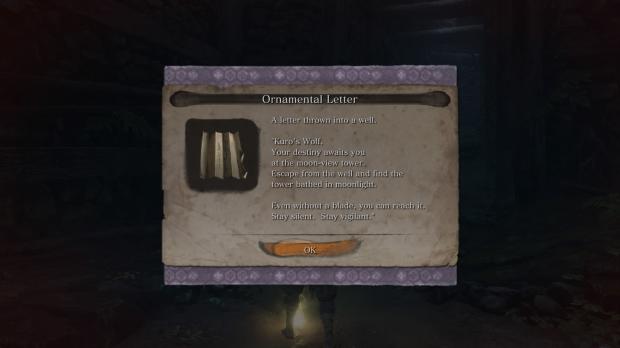
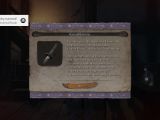
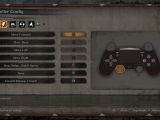
So the right thing to do here would be to become best friends with Hanbei the Undying early on and retrain your instincts to save yourself from a lot of frustration. The first thing you’ll learn are the three types of “perilous” attacks, meaning attacks that cannot be guarded in the usual way: thrust, sweep and grab. Instead, you have to jump, dodge (sidestep) or deflect them.
Later on, you’ll be able to unlock and practice more techniques. For example, thrust attacks can be countered in a spectacular, very punishing way that you can find in the skill tree.
Mastering this new combat system is very satisfying, especially in later stages when you (are supposed to) block, deflect and counter faster and faster paced attacks, but the takedowns and finishers are even better. There are several different animations, based on the situation, and they work with non-human enemies as well (if you’ve always wanted to take revenge on the dreadfully annoying dogs type baddies in Dark Souls and Bloodborne, this is your chance).
Even though there is still a life bar (Vitality) that triggers your death when depleted, it’s not your most vital resource this time around. Instead, you have to watch and keep your posture meter from filling up. You take and deal posture damage by deflecting and countering attacks. A full posture meter leads to a staggered state which means the next hit will be a deathblow - essentially an insta-kill, except for tougher enemies and bosses who might require several deathblows to defeat.
(Side note: it kind of feels like Miyazaki wanted to put an end to the… endless speculations about poise and how it worked in Dark Souls so he put a version of it front and center of Sekiro’s entire combat system).
Speaking of which, in Sekiro enemies don’t die immediately but might struggle in one way or another. Apart from being somewhat more realistic than a foe dropping dead the second you land the last hit, this was quite startling the first few times and I had to double check the job was really finished.
When you die, however, it’s not necessarily back to the last bonfire idol. In Sekiro you can resurrect and keep going without resetting the game state or respawning dead enemies. Initially you can do this only once, but later on this can be increased. There is a downside to this, however, when you die for real, you lose XP points and Sen (money, there’s real money in Sekiro) without any way to recover them. Well, almost (no spoilers!).
There is only one weapon. Yes, you read that right, you get one weapon at the beginning and that’s it. But this time you can unlock all sorts of skills, a fleshed-out version of the battle arts mechanic from Dark Souls 3. Not a huge number of them, but they are all very useful and cool to perform.
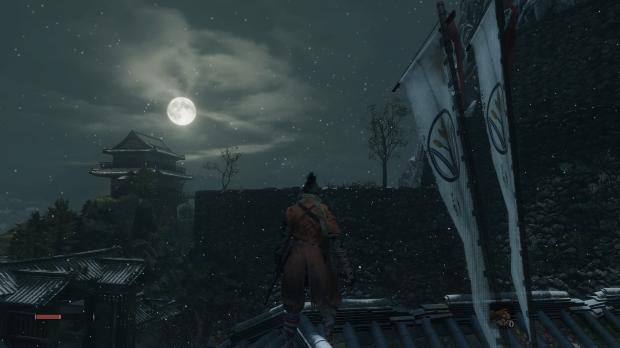
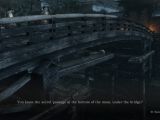
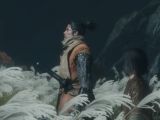
Bloodborne players will recognize this next one as an evolved version of the trick weapon. After Sekiro (literally meaning “one-armed wolf”) loses his left hand, he receives a prosthetic that allows all kinds of tools and gadgets to be mounted on it. These are found in the game’s world and after an initial trip to the hub can be switched at any time. I found the loaded axe particularly satisfying against shielded enemies, for example.
There are still shortcuts to open, but it’s a lot less important than in Dark Souls for instance, due to the new grapple mechanic that enables you to traverse the map quickly, reach all sorts of far spots and high-up places and avoid most obstacles, including foes and some of the minibosses, and even entire parts of certain areas.
It also enables exploration, which, as in all From Software games, is highly encouraged, especially as the levels themselves are huge. This is exactly what led me to fall into water, causing a tiny panic attack and then a huge breath of relief: Sekiro can swim. He can also jump pretty high out of the water, but hey, he’s a ninja, remember? (Side note: the way tree branches move when you land on them is a really nice touch)
Did I mention eavesdropping? Yes, you can do that as well.
GRAPHICS
Sekiro is a very pretty game, even on a standard PS4. As we’d come to expect based on their earlier work, From Software is able to create lovely, awe-inspiring landscapes and locations without using the highest resolution models and the crispest textures.
This is the type of craft that spans several design branches and you can see it at work everywhere: from forest/countryside scenery, to estate compounds and building interiors. Even the enemies you encounter are extremely well done and some of the bosses are downright amazing, not just graphically but also in terms of animation, as looking at them perform sophisticated moves can sometimes be fatally mesmerizing.
A photo mode would highly benefit Sekiro, as there are so many places in the game’s world to compose and take beautiful shots, not to mention the epic showdown feel conveyed by many of the fights.
Quick note about the intro movies: they are very well done, very cinematic and do a great job of introducing players to the story.
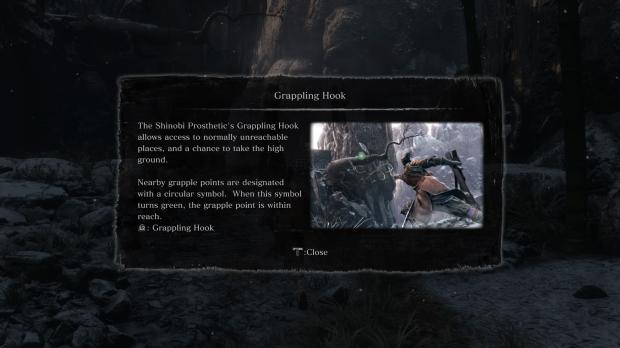
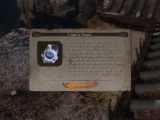
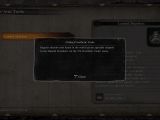
AUDIO
You’ll never find true peace and quiet in Sekiro, as even when there are no enemies to deal with, the environment feels alive with all kinds of soundscapes that tempt you to take a moment and enjoy the beautiful scenery even more. If you hear a rooster crowing, however, you’d best come to your senses quickly – just trust me on this one.
Moreover, on top of the background sounds there is an always-on soundtrack that changes dynamically to indicate certain scenes, character appearances and gameplay-related events, much akin to how a motion picture soundtrack works. The boss fight tracks are as epic as ever, which isn’t surprising since the music was done by Yuka Kitamura, stepping up from collaborating on Dark Souls 3 and Bloodborne to full composing duties on the Sekiro OST.
MULTIPLAYER
In one of the stronger signs of departure from the Souls formula, there is no multiplayer of any kind in Sekiro.
On the one hand, this means you can’t co-op with your friends, get help with bosses you’re having trouble with, participate in faction wars, leave messages for other players, or host “fight clubs” (as popularized by Dark Souls). On the other hand, the nearly constant danger of invasions is gone, which is a good thing especially when you’re still in the early stages, getting the hang of things.
While the lack of multiplayer clearly takes away from the overall experience and might lead to a weaker community in comparison with Dark Souls for example, it was not done without reason. By taking this step, From Software was able to focus on designing and tuning every aspect of the game differently and provide a better single-player experience, as not having to account for the presence of more than one player character opens up new possibilities.
Moreover, with the multiplayer aspect completely gone, the game can now be paused, which happens automatically when you open one of the menus. This also applies to the inventory, which means that using consumables can be done safely, even in the middle of a fight, whereas in the Souls games you had to map them to a quick slot or face almost certain death scrambling between dealing with enemies and scrolling through menus.
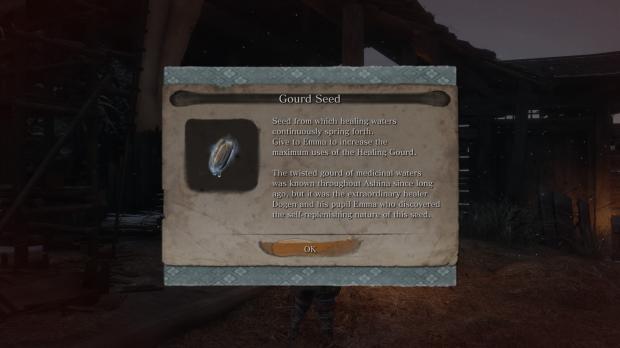

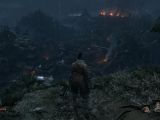
The Good
- Rewarding combat system (if you can master it)
- Lovely scenery and landscapes
- Prosthetic tools and upgrades
- Boss design
The Bad
- Grappling can be difficult or fail in some situations
- Some ledges can't be grabbed even though they look like the should
CONCLUSION
Sekiro is a beautifully realized next step in the evolution of From Software’s staple genre, but the renewed focus on combat mechanics and increased difficulty level might prove too much even for some Souls veterans. If you keep at it, however, the game’s world, level design and story (not to mention the nicely done nods to previous Miyazaki games) make the effort more than worthwhile.
Note: the Sekiro copy used for this review was provided to us by Activision
 14 DAY TRIAL //
14 DAY TRIAL // 